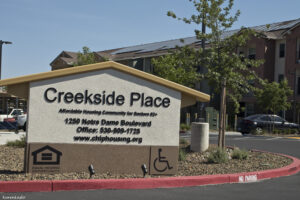
Chico city officials say that after nearly a year, the City’s plan for building new housing under state law — the Housing Element — could be approved this summer. But the process is already far behind schedule, as the state just slapped the latest draft with demands for more revisions for the second time in one year.
The City’s Housing Element has been under scrutiny since almost a year ago when it went before the public and City Council in August. A Housing Element, required of each city in California, must cover the eight-year period from 2022 to June 2030 to ensure that the City complies with state legislation, creating a comprehensive strategy to promote safe, decent and affordable housing. It assesses current and projected housing needs, constraints to housing production, and resources. It then establishes housing goals, policies and actions to meet housing needs over the Housing Element planning period.

